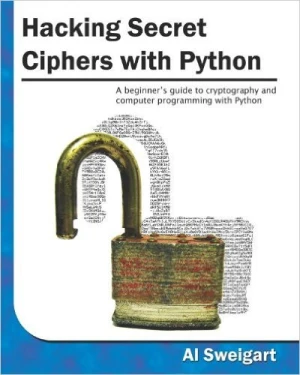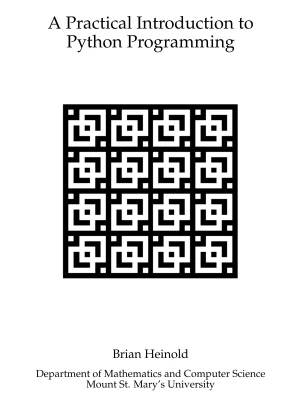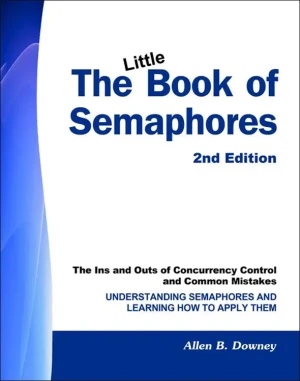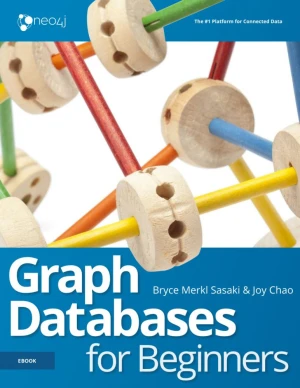Tidy Modeling with R
A Framework for Modeling in the Tidyverse
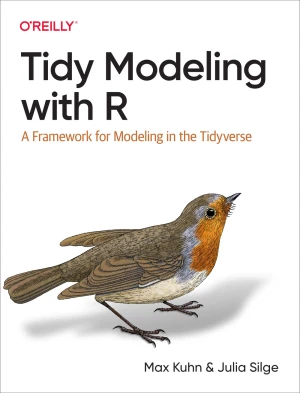
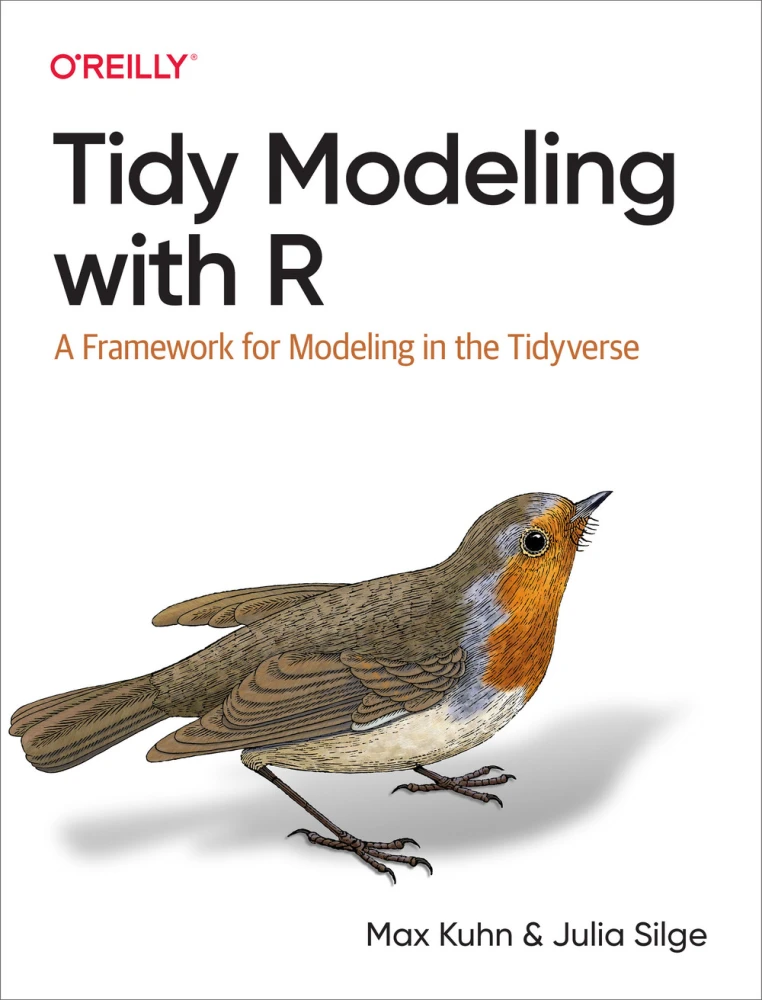
Book Details
| Authors | Max Kuhn, Julia Silge |
| Publisher | O'Reilly Media |
| Published | 2022 |
| Edition | 1st |
| Paperback | 381 pages |
| Language | English |
| ISBN-13 | 9781492096474, 9781492096481 |
| ISBN-10 | 1492096474, 1492096482 |
| License | Creative Commons Attribution-NonCommercial-ShareAlike |
Book Description
Get going with tidymodels, a collection of R packages for modeling and machine learning. Whether you're just starting out or have years of experience with modeling, this practical introduction shows data analysts, business analysts, and data scientists how the tidymodels framework offers a consistent, flexible approach for your work.
RStudio engineers Max Kuhn and Julia Silge demonstrate ways to create models by focusing on an R dialect called the tidyverse. Software that adopts tidyverse principles shares both a high-level design philosophy and low-level grammar and data structures, so learning one piece of the ecosystem makes it easier to learn the next. You'll understand why the tidymodels framework has been built to be used by a broad range of people.
With this book, you will:
- Learn the steps necessary to build a model from beginning to end
- Understand how to use different modeling and feature engineering approaches fluently
- Examine the options for avoiding common pitfalls of modeling, such as overfitting
- Learn practical methods to prepare your data for modeling
- Tune models for optimal performance
- Use good statistical practices to compare, evaluate, and choose among models
This book is available under a Creative Commons Attribution-NonCommercial-ShareAlike license (CC BY-NC-SA), which means that you are free to copy, distribute, and modify it, as long as you credit the original author, don't use it for commercial purposes, and share any adaptations under the same license.
If you enjoyed the book and would like to support the author, you can purchase a printed copy (hardcover or paperback) from official retailers.
Download and Read Links
Share this Book
[localhost]# find . -name "*Similar_Books*"
Hacking Secret Ciphers with Python
There are many books that teach beginners how to write secret messages using ciphers. There are a couple books that teach beginners how to hack ciphers. As far as I can tell, there are no books to teach beginners how to write programs to hack ciphers. This book fills that gap. This book is for complete beginners who do not know anything about encry
A Practical Introduction to Python Programming
This book originated as approximately 30 pages of notes intended for students in the author's introductory programming class at Mount St. Mary's University. Recognizing that most of these students had no prior programming experience, the author tailored his approach accordingly. He consciously omits many technical details and occasionally oversimpl
The Little Book of Semaphores, 2nd Edition
The Little Book of Semaphores is a free textbook that introduces the principles of synchronization for concurrent programming. In most computer science curricula, synchronization is a module in an Operating Systems class. OS textbooks present a standard set of problems with a standard set of solutions, but most students don't get a good understandi
Open Government
In a world where web services can make real-time data accessible to anyone, how can the government leverage this openness to improve its operations and increase citizen participation and awareness? Through a collection of essays and case studies, leading visionaries and practitioners both inside and outside of government share their ideas on how to
The Computers That Made Britain
The home computer boom of the 1980s brought with it now iconic machines such as the ZX Spectrum, BBC Micro, and Commodore 64. Those machines would inspire a generation. Written by Tim Danton. The Computers That Made Britain (300 pages, hardback) tells the story of 19 of those computers - and what happened behind the scenes. With dozens of new inter
Graph Databases For Beginners
So someone has heard about graph databases and wants to understand what all the buzz is about. Are they just a passing trend - here today and gone tomorrow - or are they a rising tide that businesses and development teams can't afford to ignore? Whether they're a business executive or a seasoned developer, something - perhaps a pressing business ch

